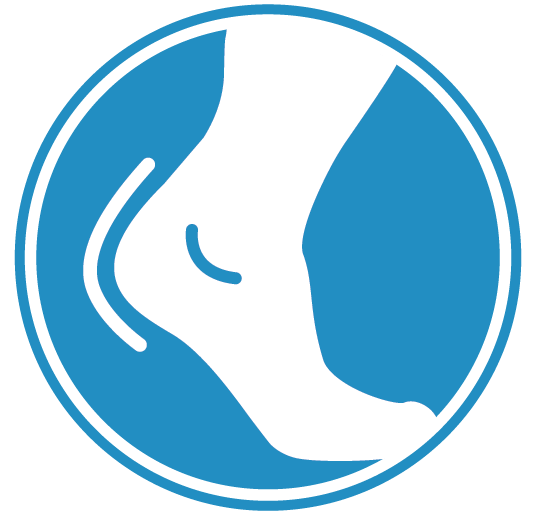Four Types of Eczema and How They Affect the Feet
If your foot skin is red and itchy, or showing inflammation, you may have foot eczema. Also called dermatitis, this is a common foot condition that seems to target children in particular. Even though most children outgrow eczema by the time they turn 10, it can still come back from time to time, and cause lots of discomfort.
Here at our Westfield, IN podiatry practice, also serving Carmel, Zionsville, Noblesville and Fishers, IN, Dr. David Sullivan provides foot eczema treatment to manage painful symptoms and prevent future problems. Because, while you can’t cure eczema on the feet, you can reduce discomfort and prevent complications.
What Causes Foot Eczema?
Eczema on the feet could develop as an allergic reaction, or in response to external factors like moisture or friction. Foot eczema can take on several forms, including atopic and contact dermatitis and dyshidrotic and nummular eczema. Each condition has different triggers and may require a slightly different treatment approach.
Eczema on Feet: Atopic Dermatitis
This chronic condition is the most common form of foot eczema. Symptoms tend to flare up and resolve, and include dry scaly skin, which sometimes cracks. This eczema on feet itches and can be accompanied by redness or rashes, usually around the toes, on the bottom of the foot or around the heel. Your skin may be sore and sensitive during a flare and could become infected if you scratch too much.
While we don’t know what causes atopic dermatitis, it seems to be related to your immune system’s overreaction. Allowing your skin to dry out could also trigger a flare, so keeping your feet well-hydrated can prevent flare ups.
Contact Dermatitis Causes and Symptoms
Foot eczema caused by contact dermatitis could be an immune reaction or a response to an irritant. Symptoms include red, itchy skin and pus-filled blisters.
Dyshidrotic and Nummular Eczema on Feet
Dyshidrotic eczema symptoms include small but deep blisters on the sides and soles of your feet. Skin feels itchy or even experiences a burning sensation around the toes. The blisters are vulnerable to infection, especially if you scratch at them. This type of foot eczema seems to be caused by an allergic reaction or a fungal infection and usually impacts adult feet.
In contrast, nummular eczema symptoms include crusty or oozing round patches on your feet. While the spots may or may not be itchy, they can trigger color changes and inflammation in the surrounding skin. This type of foot eczema seems to form in response to injury or trauma, which could be as simple as a bug bite or as complicated as systemic inflammation.
Treating Foot Eczema
All our treatments for eczema on feet aim to relieve your inflammation and itchiness. Then once your symptoms resolve, we try to keep your flares from returning. For that reason, it’s important to treat your eczema year-round, even when you aren’t experiencing active symptoms. To that end, we offer several treatment options.
These include medical grade moisturizes, which keep your feet hydrated and may prevent flare ups. When your eczema is active, we can prescribe corticosteroids to reduce your inflammation. If your eczema rashes become infected, you may need antibiotics to fully heal. And if you have an allergic form of foot eczema, antihistamines can help you find relief, especially from itchiness.
Foot Eczema Care in Hamilton and Boone County, Indiana
Preventing flares and treating symptoms go hand in hand when it comes to treating eczema on feet. Looking for pain relief or help getting your eczema flares under control? Schedule an appointment with Dr. David Sullivan, offering quality foot and ankle care to residents of Westfield, Carmel, Zionsville, Noblesville and Fishers, Indiana.


